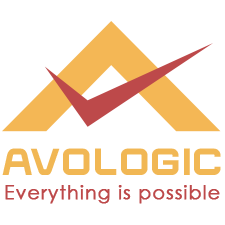Adobe PageMaker is a desktop publishing software that was widely used in the 1990s and early 2000s. It was designed to create professional-looking documents such as brochures, flyers, and newsletters. Here’s a brief outline of a typical PageMaker course:
- Introduction to PageMaker: The first section of the course covers the basics of PageMaker, including the user interface, tools, and menus.
- Creating a Document: In this section, learners will learn how to create a new document, set up margins and columns, and add text and graphics.
- Formatting Text: This section covers how to format text in PageMaker, including font selection, size, style, and color. Learners will also learn how to apply paragraph formatting, such as alignment and indentation.
- Working with Graphics: In this section, learners will learn how to work with graphics in PageMaker, including importing and resizing images, creating frames, and wrapping text around graphics.
- Layout Design: This section covers how to design a layout in PageMaker, including creating master pages, using templates, and applying page numbering.
- Printing and Output: In this section, learners will learn how to prepare their document for printing or output to a digital format, such as PDF.
A PageMaker course typically includes hands-on exercises and projects to reinforce the concepts learned throughout the course. By the end of the course, learners should have a good understanding of PageMaker and be able to create professional-looking documents for print or digital output. However, it’s important to note that Adobe PageMaker has been discontinued and is no longer being developed or supported by Adobe.
Page Copyright
© Copyright @Avologic 2016 - 2023 All Rights Reserved.
